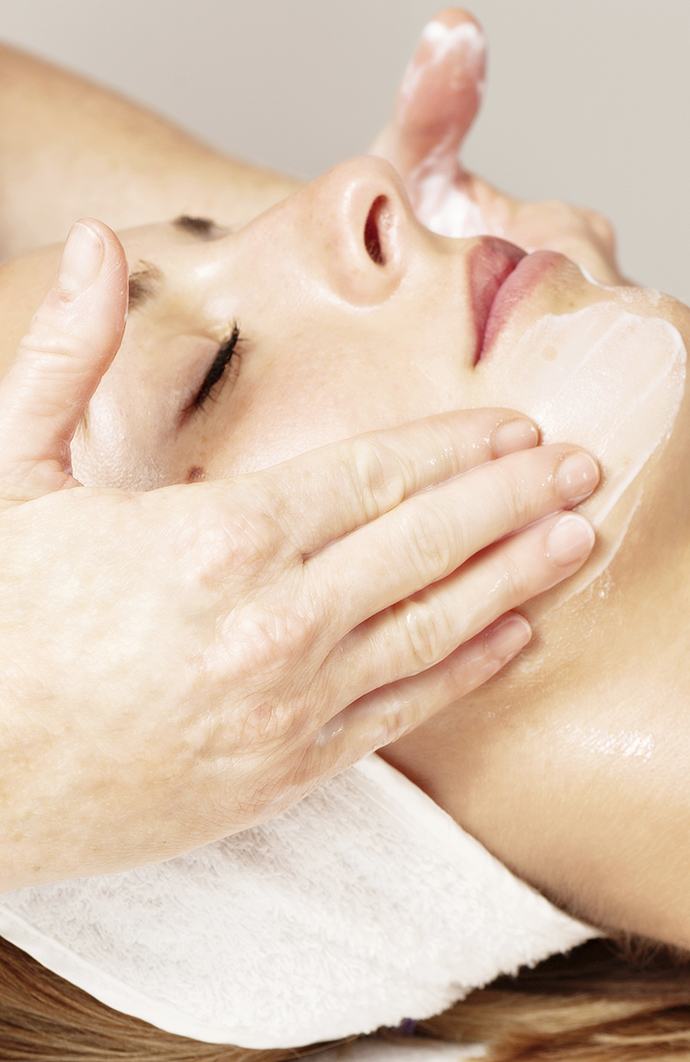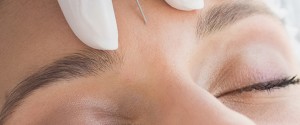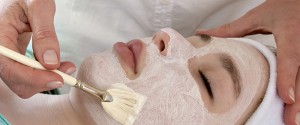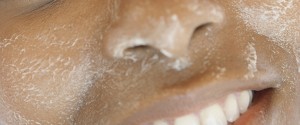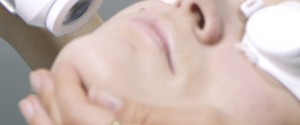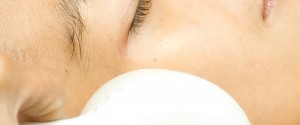Fillers

Wrinkle fillers are used to give skin a smoother, plumper appearance. The most common type of wrinkle filler is collagen, although there are many other substances that can be used to help plump up your skin. Collagen is an essential element of your skin’s structure, and it forms a network of fibers that act like a framework for your skin. Over time, this structure weakens, causing the skin to lose its elasticity and its tone. Simply using your facial muscles by squinting, frowning, or smiling stresses the collagen in your skin and leads to wrinkles and facial lines. Collagen injections replenish the skin’s natural collagen and help smooth scars and facial lines.
Who is it good for?
Before you decide to get a wrinkle filler, you need to consult a doctor and go over your specific goals. They will discuss the results you can expect, as well as examine the areas you want treated.
Doctors will start by inquiring about your medical history. Injections may not be appropriate for certain scars and lines, and can actually be dangerous if you have certain medical conditions. Make sure you have realistic expectations about the results you want to achieve. For example, it is highly unlikely that one treatment will cure every line on your face. Your doctor can help manage your expectations and select the right type of wrinkle filler treatment for your skin. Your doctor may give you a skin test on your forearm to ensure that you aren’t allergic to the substance that is being used. It also important to look at other factors, like recovery time and cost. Most medical insurance companies do not cover cosmetic procedures, so you need to make sure that this treatment fits in your budget. When you are ready for your wrinkle filler injection, you will get a shot of anesthesia to numb the area. The area may become bruised, and you will likely notice redness and puffiness. To receive the full effect of the wrinkle filler, you will likely need to go at least two times a year and in most cases more to not only see results, but to maintain them as well.
Compare
There are many other types of injectable wrinkle fillers. Calcium hydroxyapatite, for example, is a semi-permanent wrinkle filler that is used to increase soft tissue. Hyaluronic acid can also be used. It fills the space between elastin fibers and collagen within the skin, helping to replenish the natural volume that can be lost with aging. While there is no risk of infection with this type of injection, you will need repeated treatments to have maintain the results. Fat from your own abdomen or thighs can be injected into your face to help achieve permanent results without risk of allergic reaction. Poly-L-lactic acid is an injectable filler that can be used to replenish lost facial fat. Lastly, while botulinum toxin is not an actual wrinkle filler, it can be injected into the facial muscles to help eliminate the underlying cause of wrinkles and lines. These injections help improve forehead creases, crow’s feet, and eyebrow furrows.

